-
 bitcoin
bitcoin $109523.663807 USD
-0.13% -
 ethereum
ethereum $4019.526508 USD
2.06% -
 tether
tether $1.000482 USD
0.00% -
 xrp
xrp $2.776815 USD
0.18% -
 bnb
bnb $958.942396 USD
0.12% -
 solana
solana $204.294698 USD
3.84% -
 usd-coin
usd-coin $0.999693 USD
0.00% -
 dogecoin
dogecoin $0.232115 USD
2.09% -
 tron
tron $0.338028 USD
0.84% -
 cardano
cardano $0.790920 USD
1.50% -
 hyperliquid
hyperliquid $44.871443 USD
5.60% -
 ethena-usde
ethena-usde $1.000322 USD
0.04% -
 chainlink
chainlink $21.034165 USD
2.60% -
 avalanche
avalanche $28.794831 USD
-0.54% -
 stellar
stellar $0.360466 USD
1.24%
Why does the RSI continue to decline after falling below the 30-day oversold level?
In crypto markets, RSI can stay below 30 due to prolonged selling pressure, algorithmic trading, thin liquidity, and negative sentiment, often signaling continued downside rather than a rebound.
Sep 22, 2025 at 03:54 am
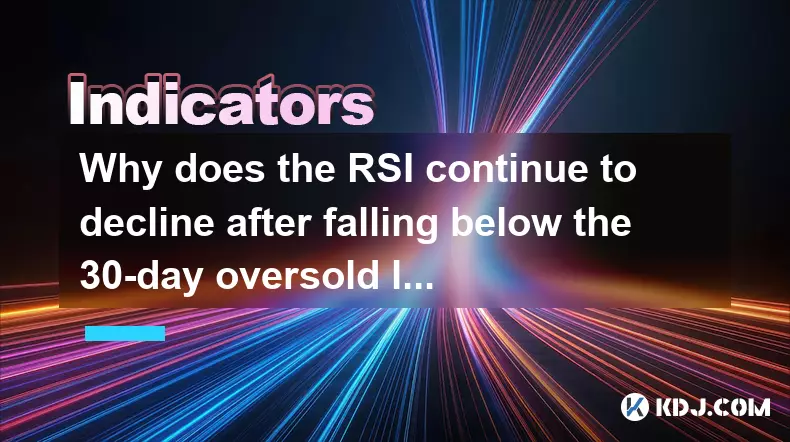
Understanding the RSI and Its Role in Crypto Markets
1. The Relative Strength Index (RSI) is a momentum oscillator widely used in cryptocurrency trading to measure the speed and change of price movements. It operates on a scale from 0 to 100, with levels below 30 traditionally indicating oversold conditions and above 70 signaling overbought zones. Traders often interpret readings below 30 as potential buying opportunities, assuming that prices may rebound after excessive selling pressure.
2. In volatile markets like cryptocurrencies, the RSI can remain below 30 for extended periods during strong downtrends. This behavior contradicts classical interpretations but reflects the speculative nature and high volatility inherent in digital assets. Unlike traditional financial instruments, crypto markets are influenced by sentiment shifts, regulatory news, macroeconomic factors, and whale activity, all contributing to prolonged bearish momentum.
3. When the RSI drops below 30 and continues to fall, it suggests that selling pressure remains intense and market participants are still exiting positions. This scenario is common during panic sell-offs or when negative narratives dominate social media and trading forums. The persistence of low RSI values indicates that buyers have not yet stepped in with enough conviction to reverse the trend.
4. Another factor contributing to the continued decline of RSI after entering oversold territory is the lack of fundamental support for certain altcoins. Many tokens rely heavily on hype cycles rather than utility or revenue generation. Once the hype fades, investors lose interest rapidly, leading to sustained downward price action even when technical indicators suggest a reversal should occur.
5. Algorithmic trading bots also play a significant role in extending oversold conditions. These systems follow predefined rules based on price patterns and volume spikes. During sharp declines, they may trigger additional sell orders automatically, reinforcing downward momentum and keeping the RSI depressed despite already being in oversold territory.
Market Psychology Behind Extended Oversold Conditions
1. Fear and uncertainty drive investor behavior more than technical signals during major corrections. When large-cap cryptocurrencies like Bitcoin experience steep drops, altcoin markets often follow with amplified losses. Even if the RSI reaches oversold levels, traders hesitate to buy due to concerns about further downside, creating a self-reinforcing cycle of selling.
2. Liquidity crunches exacerbate this phenomenon. In times of crisis, exchanges see increased withdrawal requests and reduced order book depth. Thin liquidity allows large sell orders to impact prices disproportionately, pushing them lower without triggering immediate rebounds. As prices keep falling, so does the RSI, regardless of its initial oversold status.
3. The psychological anchor of round numbers plays a critical role—traders anticipate support at key price levels such as $30,000 for Bitcoin, but when those levels break, stop-loss orders activate en masse, accelerating the decline and dragging the RSI deeper into oversold territory.
4. Social proof amplifies fear-driven decisions. Seeing widespread red across dashboards and hearing bearish commentary from influencers discourages contrarian buying. Instead of viewing low RSI as a signal to enter, many retail traders interpret it as confirmation of ongoing weakness, especially if fundamentals appear deteriorating.
5. Short-term traders focusing on risk management may avoid catching falling knives, preferring to wait for clear signs of stabilization. Their absence reduces upward pressure on prices, allowing the RSI to continue declining even though conventional wisdom would suggest exhaustion of sellers.
Structural Factors Influencing RSI Behavior in Crypto
1. High-frequency trading algorithms and arbitrageurs operate differently in crypto compared to traditional markets. They prioritize execution speed and capital preservation over mean reversion strategies. As a result, automated systems may not respond to oversold RSI readings by initiating long positions, thereby failing to provide the bounce expected in other asset classes.
2. Exchange-specific dynamics affect how RSI evolves. On platforms with lower trading volumes or limited derivatives offerings, price discovery becomes less efficient. Sudden dumps from whale wallets can distort local prices temporarily, causing the RSI to reflect extreme moves that don’t align with broader market sentiment.
3. Derivatives markets add another layer of complexity—high funding rates during downtrends force leveraged long holders to liquidate, adding downward pressure on spot prices and extending the duration of oversold RSI readings.
4. Tokenomics structures influence resilience during downturns. Projects with large unlock schedules or vesting cliffs face consistent supply inflation, making it difficult for demand to absorb incoming sell-side pressure. Even with an oversold RSI, these tokens struggle to find sustainable bottoms due to structural selling from early investors.
5. Regulatory crackdowns or exchange delistings can trigger irreversible damage to investor confidence. In such cases, the RSI continues to fall because the underlying asset faces existential threats beyond mere cyclical weakness. Technical indicators become secondary to real-world developments impacting viability.
Frequently Asked Questions
What causes the RSI to stay below 30 in crypto markets?Prolonged selling pressure, algorithmic trading, thin liquidity, and negative sentiment prevent price recovery, keeping the RSI depressed even after entering oversold territory.
Can a very low RSI indicate further downside instead of a bounce?Yes, in trending markets, especially strong downtrends, a falling RSI below 30 often confirms bearish momentum rather than signaling an imminent reversal.
Do whales manipulate RSI readings through large trades?Whale transactions can cause sudden price swings that distort short-term RSI values, particularly on low-volume exchanges, creating misleading oversold signals.
Is RSI reliable for altcoins with low trading volume?RSI is less reliable for low-volume altcoins due to erratic price action and susceptibility to manipulation. Volume spikes and external news often override technical signals.
Disclaimer:info@kdj.com
The information provided is not trading advice. kdj.com does not assume any responsibility for any investments made based on the information provided in this article. Cryptocurrencies are highly volatile and it is highly recommended that you invest with caution after thorough research!
If you believe that the content used on this website infringes your copyright, please contact us immediately (info@kdj.com) and we will delete it promptly.
- Bitcoin, mNAV, and Treasury Companies: A New York Perspective
- 2025-09-28 04:25:14
- BNB Price and the Rise of BlockchainFX: The Crypto Presale to Watch
- 2025-09-28 04:25:14
- Trump, WLFI, and the Token Burn: Can Burning Crypto Make it Great Again?
- 2025-09-28 04:45:15
- James Wynn's 3x Leveraged Crypto Gamble: ASTER Airdrop or Bust?
- 2025-09-28 04:45:15
- Vitalik Buterin Sounds Alarm on EU Legislation: Ethereum's Privacy Stance
- 2025-09-28 05:25:12
- XLM Records, Toncoin Utility, BullZilla Presale: Crypto's Next Big Thing?
- 2025-09-28 05:05:12
Related knowledge
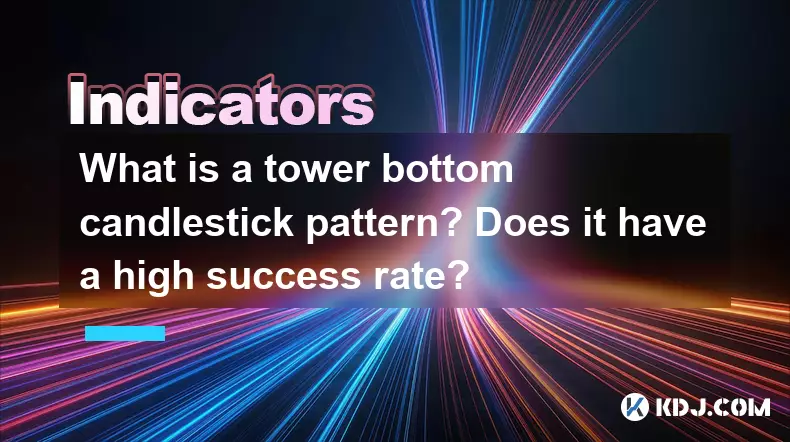
What is a tower bottom candlestick pattern? Does it have a high success rate?
Sep 22,2025 at 07:18am
Tower Bottom Candlestick Pattern Explained1. The tower bottom candlestick pattern is a reversal formation that typically appears at the end of a downt...
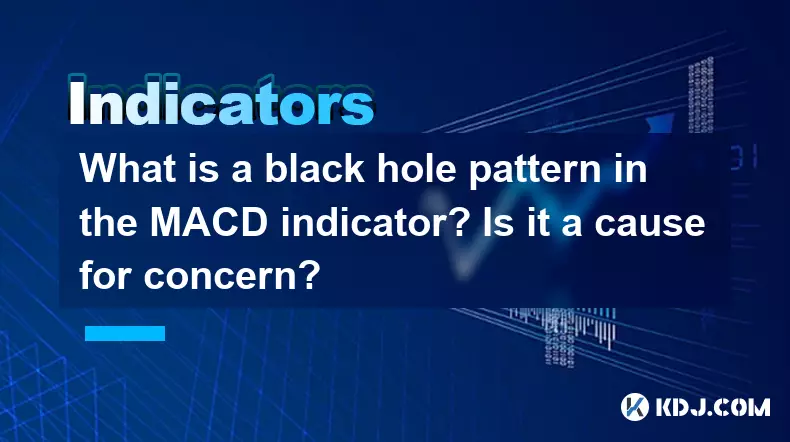
What is a black hole pattern in the MACD indicator? Is it a cause for concern?
Sep 21,2025 at 06:54pm
Bitcoin's Role in Decentralized Finance1. Bitcoin remains the cornerstone of decentralized finance, serving as a benchmark for value and security acro...

How can I use the psychological line (PSY) to determine market sentiment?
Sep 17,2025 at 02:19pm
Understanding the Psychological Line (PSY) in Cryptocurrency TradingThe Psychological Line, commonly referred to as PSY, is a momentum oscillator used...
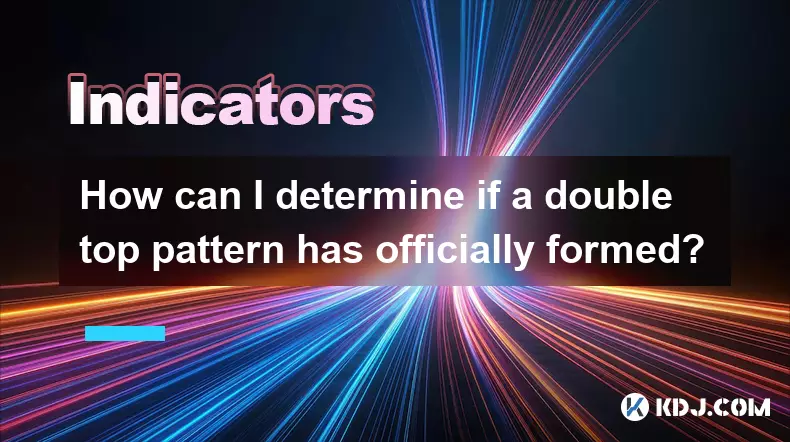
How can I determine if a double top pattern has officially formed?
Sep 21,2025 at 03:18am
Understanding the Structure of a Double Top Pattern1. A double top pattern consists of two distinct peaks that reach approximately the same price leve...
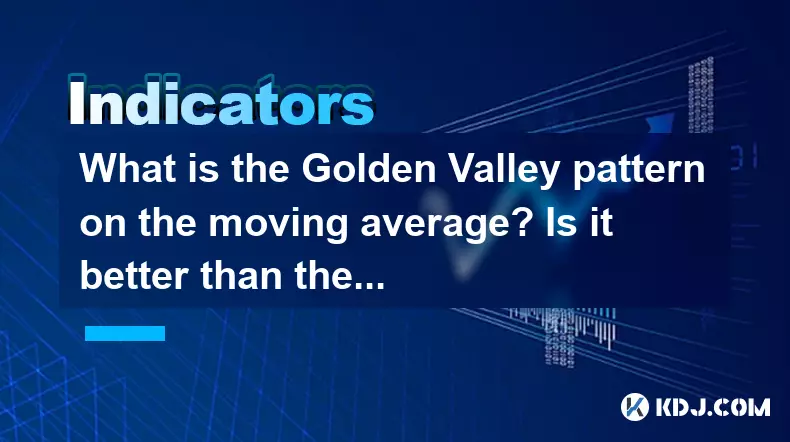
What is the Golden Valley pattern on the moving average? Is it better than the Silver Valley pattern?
Sep 21,2025 at 02:54pm
Understanding the Golden Valley Pattern in Moving Averages1. The Golden Valley pattern is a technical formation observed in cryptocurrency price chart...

What does a death cross of the RSI in the strong zone (above 50) mean?
Sep 17,2025 at 10:54pm
Understanding the Death Cross in RSI Context1. The term 'death cross' is traditionally associated with moving averages, where a short-term average cro...

What is a tower bottom candlestick pattern? Does it have a high success rate?
Sep 22,2025 at 07:18am
Tower Bottom Candlestick Pattern Explained1. The tower bottom candlestick pattern is a reversal formation that typically appears at the end of a downt...

What is a black hole pattern in the MACD indicator? Is it a cause for concern?
Sep 21,2025 at 06:54pm
Bitcoin's Role in Decentralized Finance1. Bitcoin remains the cornerstone of decentralized finance, serving as a benchmark for value and security acro...

How can I use the psychological line (PSY) to determine market sentiment?
Sep 17,2025 at 02:19pm
Understanding the Psychological Line (PSY) in Cryptocurrency TradingThe Psychological Line, commonly referred to as PSY, is a momentum oscillator used...

How can I determine if a double top pattern has officially formed?
Sep 21,2025 at 03:18am
Understanding the Structure of a Double Top Pattern1. A double top pattern consists of two distinct peaks that reach approximately the same price leve...

What is the Golden Valley pattern on the moving average? Is it better than the Silver Valley pattern?
Sep 21,2025 at 02:54pm
Understanding the Golden Valley Pattern in Moving Averages1. The Golden Valley pattern is a technical formation observed in cryptocurrency price chart...

What does a death cross of the RSI in the strong zone (above 50) mean?
Sep 17,2025 at 10:54pm
Understanding the Death Cross in RSI Context1. The term 'death cross' is traditionally associated with moving averages, where a short-term average cro...
See all articles










































































